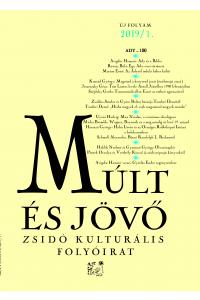
We kindly inform you that, as long as the subject affiliation of our 300.000+ articles is in progress, you might get unsufficient or no results on your third level or second level search. In this case, please broaden your search criteria.

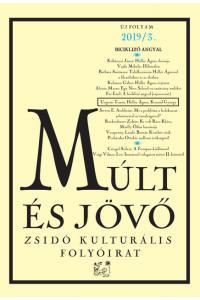
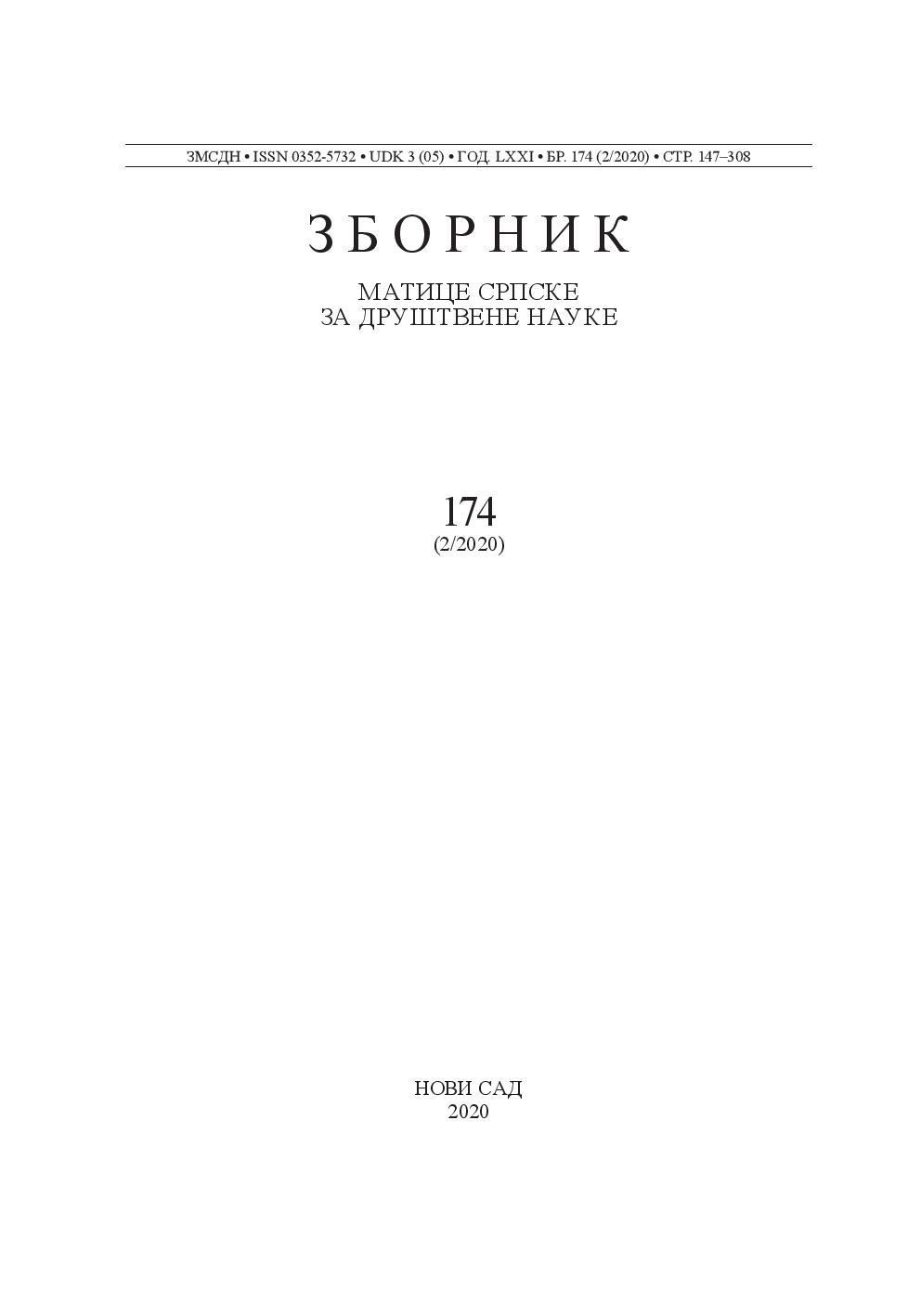
Prikaz knjige "Kulturbund i Jevreji u Beloj Crkvi 1920–1941" od Živana Ištvanića
More...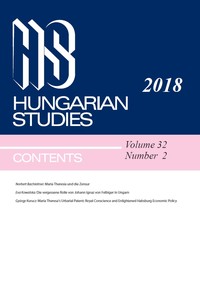
Das Sprechen über den Holocaust treibt die Ausdrucksfähigkeit der Sprache an die Grenze zum Unsagbaren. Mit Primo Levis Ist das ein Mensch? Ein autobiographischer Bericht und Imre Kertész’ Roman eines Schicksallosen sollen zwei unterschiedliche Modelle des Sprechens über den Genozid, der Zeugenschaft und der Kritik gegenübergestellt werden. Während Levis Kritik explizit moralisch begründet ist, i. e. sich an der binären Leitdifferenz von „gut“ und „böse“ orientiert, basiert diejenige von Kertész auf den für eine Kritik am Holocaust inadäquaten Kriterien von Effizienz, Ästhetik sowie Lustökonomie. Zum einen soll dargelegt werden, dass Kertész trotz der verstörenden Abwehr moralischer Wertungen auf der Inhaltsebene des Romans jene klandestin auf der erzählperspektivischen und performativen durchaus zur Geltung bringt. Obzwar sich gravierende Unterschiede zwischen Levis Ist das ein Mensch? und Kertész’ Roman eines Schicksallosen ergeben, gilt es zum anderen zu rekonstruieren, dass beide literarische Konzepte der Zeugenschaft und der Kritik unzureichend und unvollständig bleiben müssen. Der Holocaust suspendiert nicht nur die Souveränität der Sprache, sondern zeugt auch von der Aporie der Zeugenschaft und der Kritik.
More...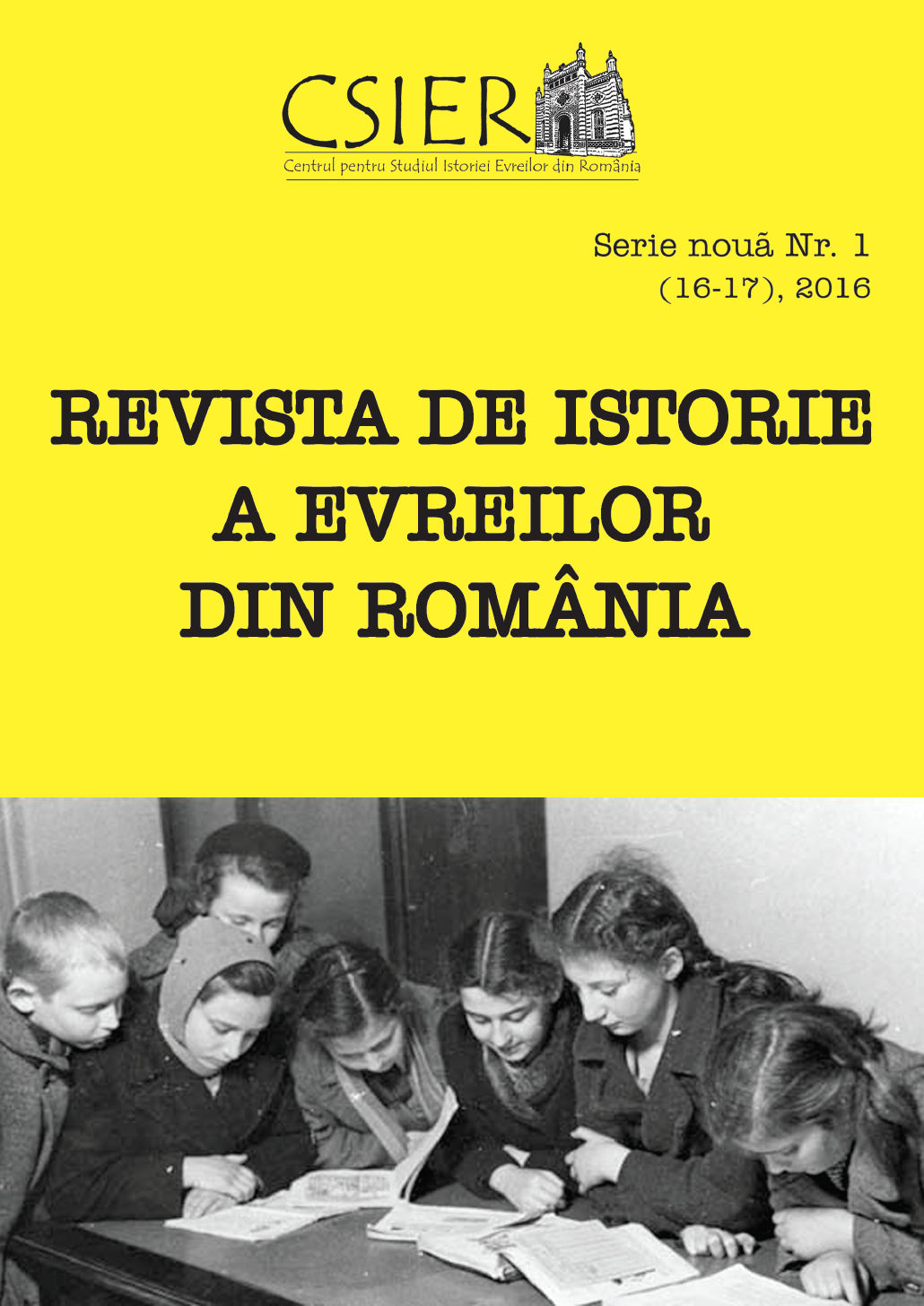
The first measures being taken against the Jews were those from November 1940, when terror broke out across the entire district, numerous Jews were illtreated by Legionaries, and numerous goods were confiscated. For a short period, from the autumn of 1941 until the spring of 1942, the Jews wore the yellow star. During WWII, many Jews from Tîrgu Neamț worked in labour detachments and some were deported in Transnistria. The majority of synagogues were seized by the army or by the Jews from Cernăuți and Dorohoi who were working in the labour detachments. In April 1944, the entire community was evacuated and moved to Buhuși, where it continued the work in the labour detachments and returned only in October 1944.
More...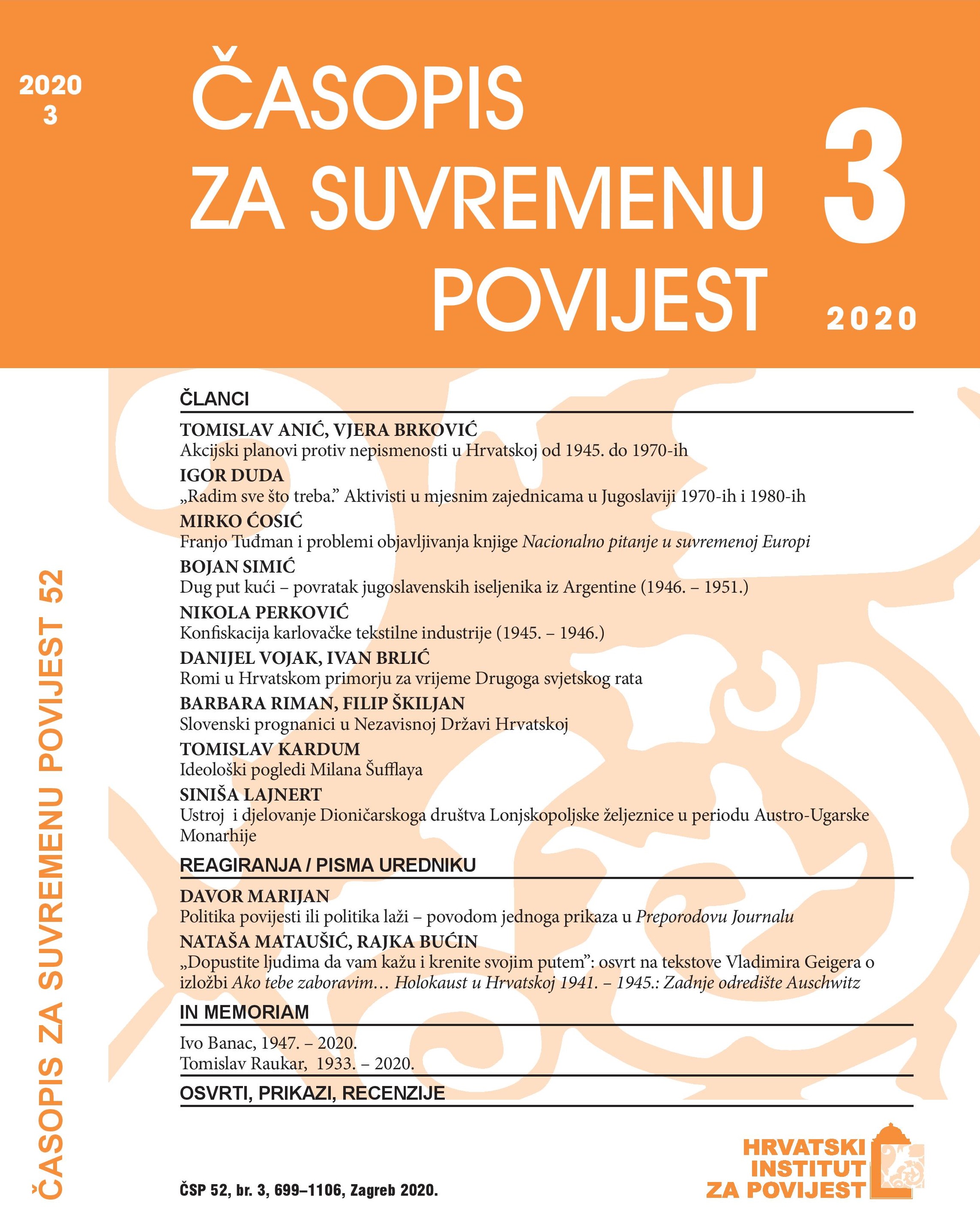
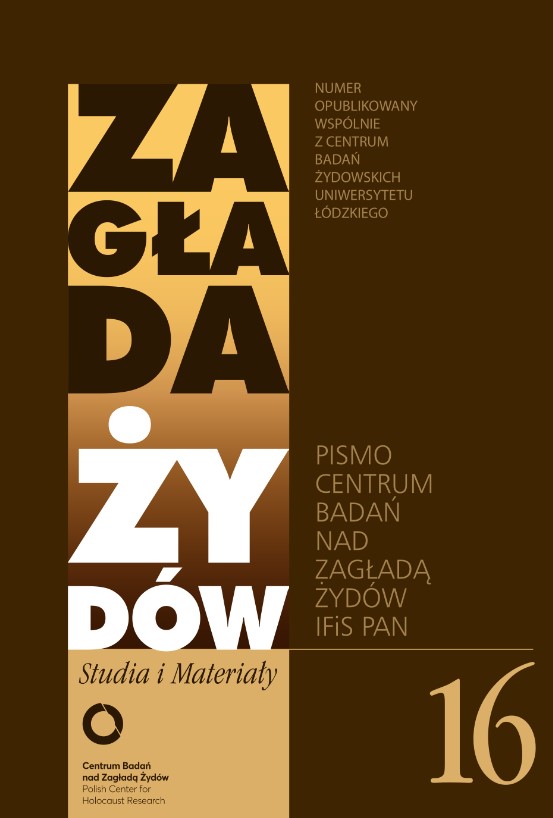
In memoriam: Łucja Pawlicka-Nowak (1938–2020)
More...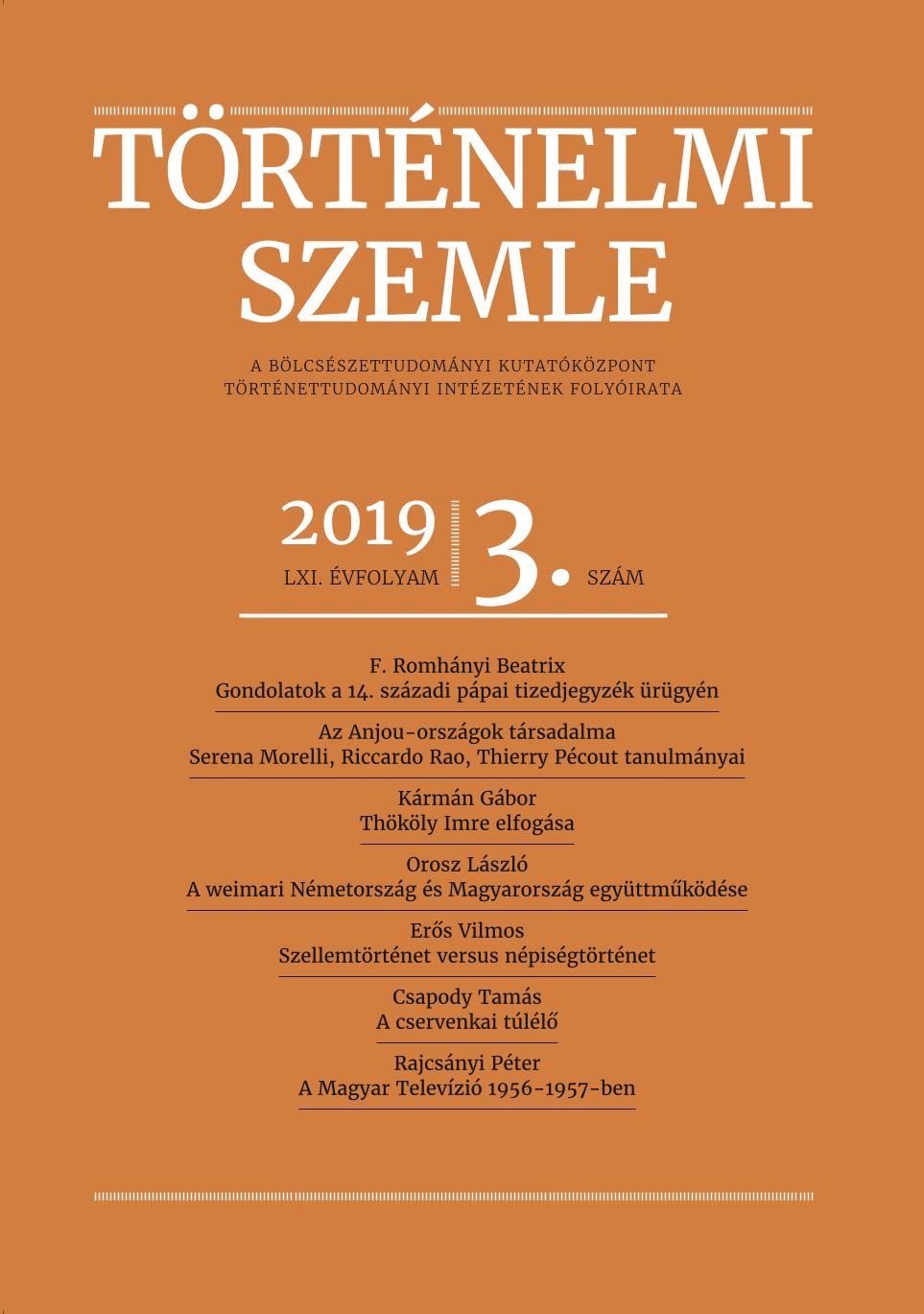
Most of the Hungarians who were taken for forced labour to the Serbian camp of Bor during World War II perished there. Yet most of the casualties happened not at the site of the forced labour but in the course of the countermarch. The greatest mass execution took place at Cservenka, where some 1000 Jewish forced labourers were killed overnight. One of the few survivors put to writing the horrific events he had lived through. The paper publishes the memoirs with an introductory study.
More...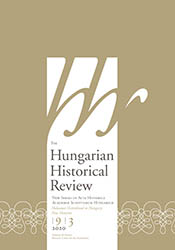
This paper deals with the restitution provided to Hungarian Holocaust survivors by the Government Commission for Abandoned Property, in the first post-war years (1945–1948). This commission was the first national institution, which handled and took care of the assets of Holocaust victims and which was supposed to give compensation to the survivors. By investigating the cases conducted by the local representatives of the institution, this paper gives insight into certain aspects of Jewish–non-Jewish relations after the war, as well as how these relations and the restitution process were affected by other actors, such as the government commission itself, the political parties and the government. Additionally, the attitude of the most important Jewish associations toward the government commission is also scrutinized.
More...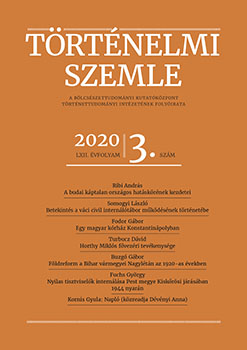
In the summer of 1944, Dr. János Benedek, főszolgabíró of Kiskőrös district, had two officials of the local far right interned, in a country under Nazi occupation and governed by an administration that closely collaborated with the occupying forces. The dominant view of Hungarian public administration is that it slavishly served the German invaders and the collaboration Sztójay administration on every level, before all with regard to the deportation of the Jewish population. The evidence offerred by the memoirs of dr. János Benedek, on the other hand, and the investigational material that has been subsequently revealed, show that in the greatest county of Hungary there were people in the public administration, from the public notary to the főispán, and even in the Ministry of Home Affairs, who, assisting each other, proved able to doublecross the regime and put up covert resistance. As very few memoirs from people acting as főszolgabíró have come down to us, especially from the twentieth century, it is extremely precious to glimpse the complicated web of the lower layer of the administration of the Holocaust era from the perspective of an official whom the local far-right extremists wanted to have removed on account of his sabotage of the anti-Jewish legistation. The investigations give us a sense of the elbow room that was available to contemporary county officials against the ever increasing pressure of far-right extremist movements and parties in order to preserve their control over the administration.
More...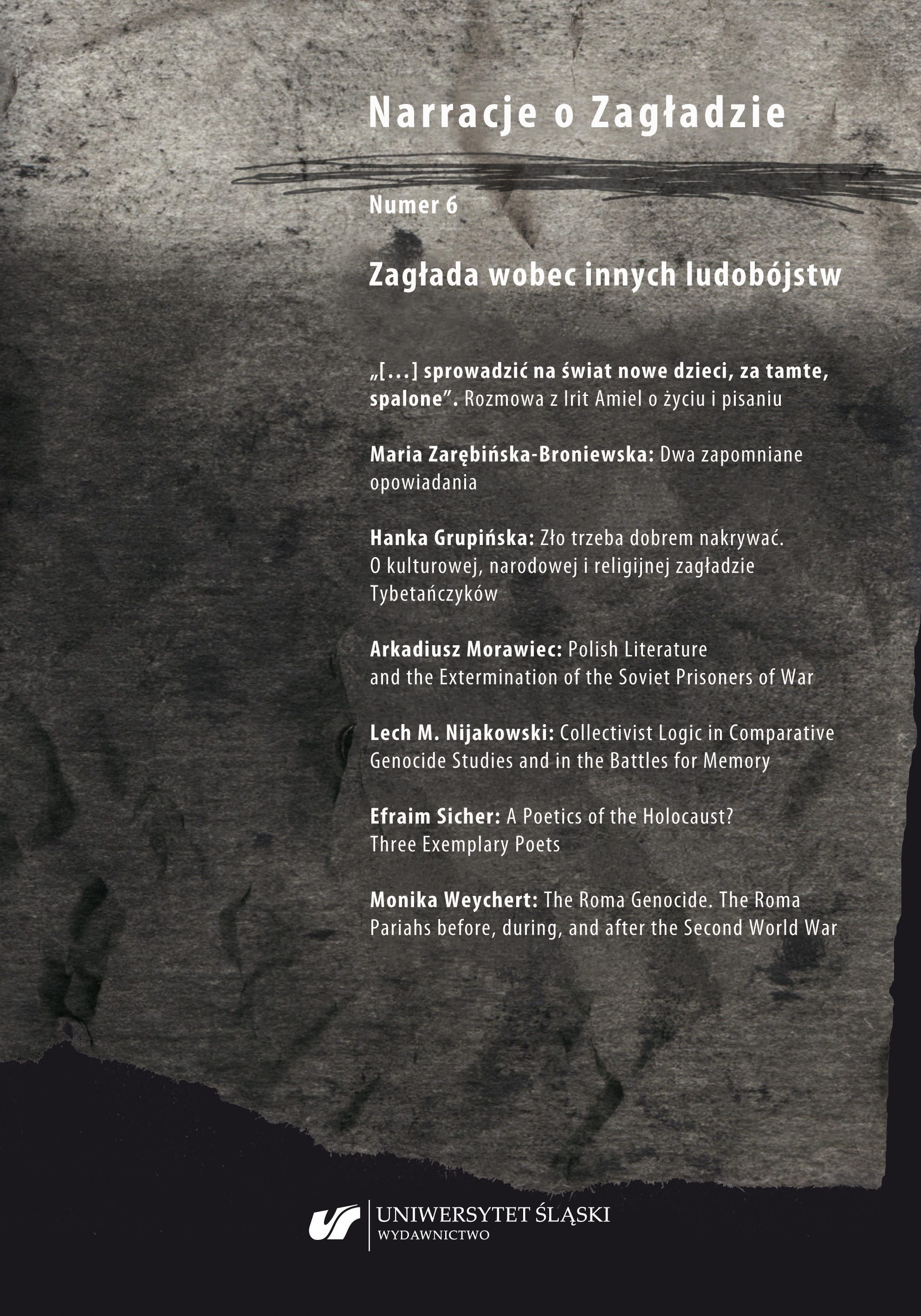
The article aims at presenting the new formula of Narrations of the Shoah, Polish academic journal. The idea behind the journal is linked to the conviction that the Holocaust is the zero point of Polish culture and its conceptualisation, and broadly understood narrations are a necessary medium to recognise and depict complications resulting from this issue. This journal appears to be symptomatic of the state of research on the Shoah (and other genocides) in Poland; Narrations of the Shoah simultaneously probes and delineates the perspectives of its development. The formula of the journal responds to the challenges of contemporary humanities and fills the gap in Polish studies on the Shoah. Narrations of the Shoah is a sui generis laboratory of new methodologies, an interdisciplinary forum of cutting-edge ideas, but it also provides a continuation of the best practices of traditional philology and literary studies. Announced in the title of this article, the journal’s new opening will primarily consist in broadening its field of interest to include such issues as narrations of genocides other tham the Holocaust or the relation between Holocaust studies and ecocriticism, especially the notion of the Anthropocene.
More...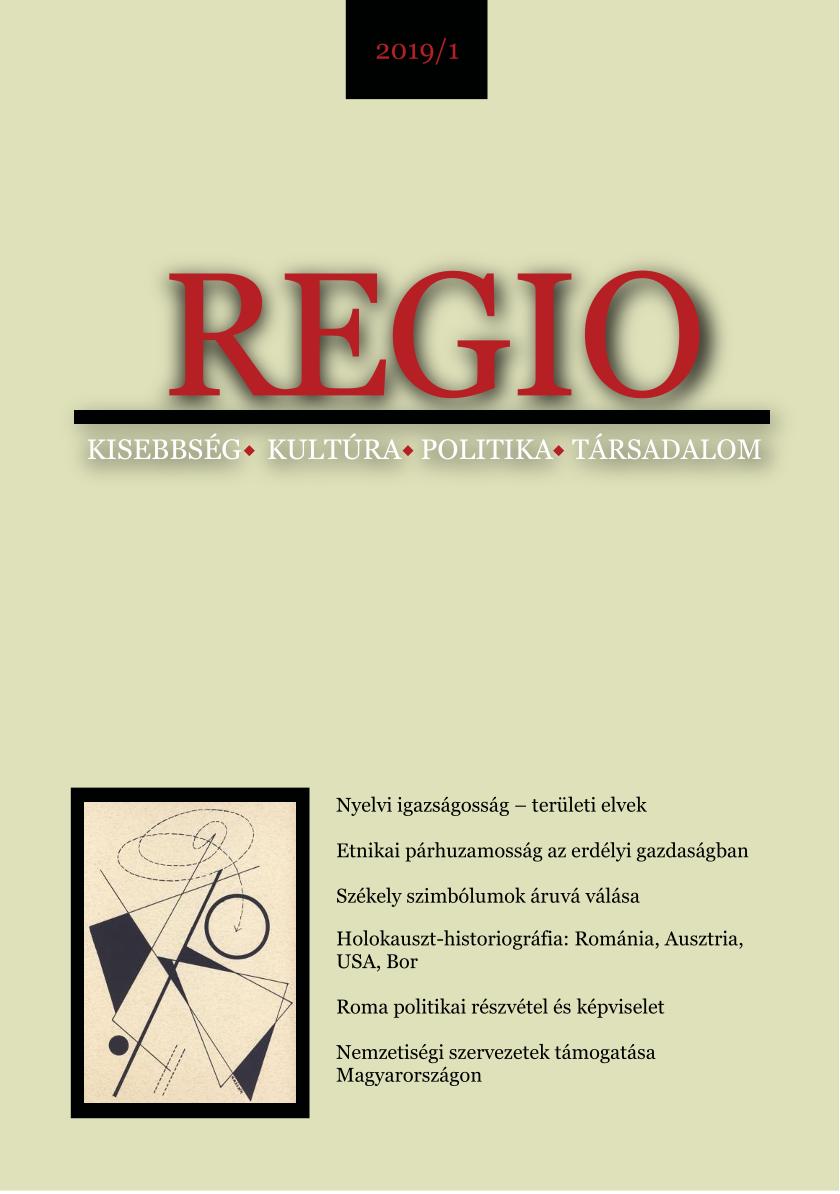


The author of the article carries out an analysis of texts by two writers who present the Shoah from different perspectives. At the onset he points out two layers of looking at the Holocaust in fantasy writing. The first one results from the said theme filtering through into the genre directly, the second is an intermediary one, namely, through the popular after the Second World War post-apocalyptic narratives where the Shoah is thematised as, for instance, the annihilation of the human race resulting from nuclear conflict or the spread of a deadly virus. The article analyses both mentioned layers using particular examples. Polaroidy z Zagłady [The Shoah/Annihilation Polaroids] by Paweł Paliński is a tale of an individual Shoah. What constitutes the analytical framework here are the titular pictures, which translate into a genre, nowadays rarely practised, called the literary picture. In the course of reading one recognises the triangle of attitudes: victim – witness – torturer. Even if the said triangle has been criticized by historians, it nonetheless decisively appears in the text owing to its layout. Requiem dla lalek [Requiem for Dolls] and Holocaust F written by Cezary Zbierzchowski are, respectively, a short-story collection and a novel, set in the fictitious world of Ramm. It is known from the very beginning that the world is doomed to be annihilated, the harbinger of which is God’s departure. In the short stories other signs of extinction are, among other things, euthanasia, the problem of immigration etc. The plains of annihilation recognized in the course of interpretation: metaphysical, social, and personal, compose a part of philosophical reflection on consequences of catastrophes being one of the spheres of the analysis undertaken. What also arrests our attention, and thereby is reflected upon, is the highly intertextual background of Zbierzchowski’s oeuvre. A prominent place is given to the analysis of the novel’s final chapter entitled Heart of Darkness, both referring to the famous novella written by Joseph Conrad and more than sufficiently justified by the text composition itself. The article’s conclusions both position the texts in relation to other works of Polish fantasy genre and indicate their role as examples of various absorption by popular culture (here fantasy) of the Shoah-related issues.
More...
Opowiadania oświęcimskie (Auschwitz stories) by Maria Zarębińska-Broniewska was first published in a book version in 1948. All the texts included in the book, however, had been written earlier. First of them were initially released in a daily Polska Zbrojna (Armed Poland) in early June 1945, just a few days after the author’s return from a concentration camp. They were one of the first accounts which concerned women’s concentration camps. The book which was published later included nine out of eleven short stories written by Zarębińska. There is also an extant manuscript a novel’s synopsis. However, a very ambitious project of creating tens of short stories was not completed due to the author’s death. This article is a description of the history of Auschwitz stories and their particular editions; it also includes two forgotten stories which were not included in published collections.
More...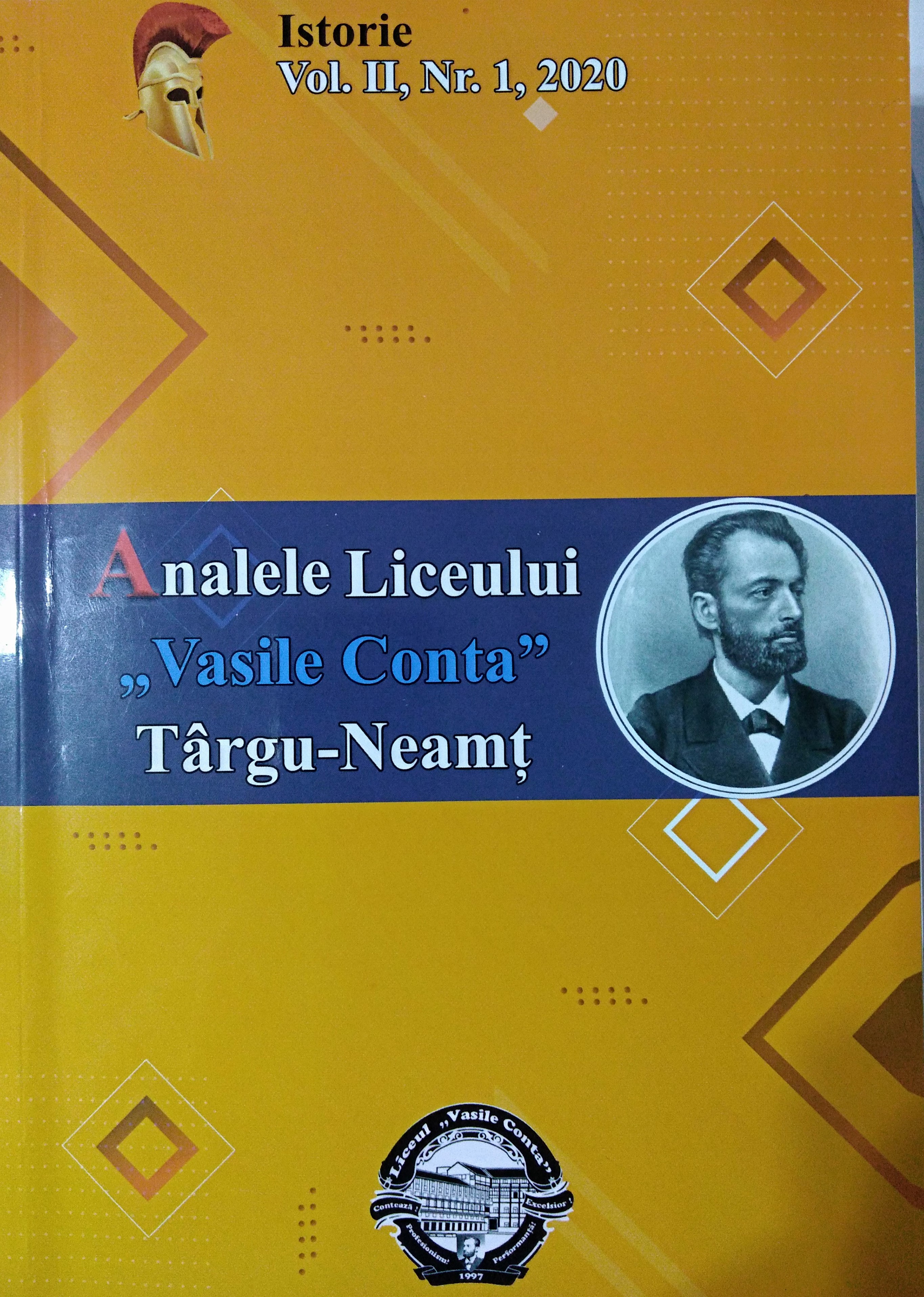
In the authorities' view, the Jews were spies of the enemy, either directly, Soviet Bolshevismor the Anglo-American imperialists. All the legislative measures, orders and ordinances taken by theauthorities, most of them having as issuer the Ministry of Interior, imposed on the Jews an exceptionalregime. After the outbreak of the anti-Soviet war, on June 21, 1941 and the great pogrom in Iasi in anumber of localities in Moldova, the obligatory port of the yellow star was introduced for Jews. Thefashion of stigmatizing Jews has its roots in the medieval period, being restored to contemporarypractice by Hitler's Nazi regime since 1933.This distinctive sign, an element of Jewish discrimination, was imposed sporadically on theterritory of Romania during the war. The sign was first introduced for the Jews who were obliged towork in the labor camps. Thus, by Regulation 2030, of July 12, 1941, signed by Antonescu, it was statedthat the Jews from these detachments "will have on their left arm a yellow bracelet, 10 cm wide. Thewearing of the distinctive sign was one of the many restrictive and discriminatory measures imposed onthe Jews of Romania in the Antonescu regime (1940-1944).
More...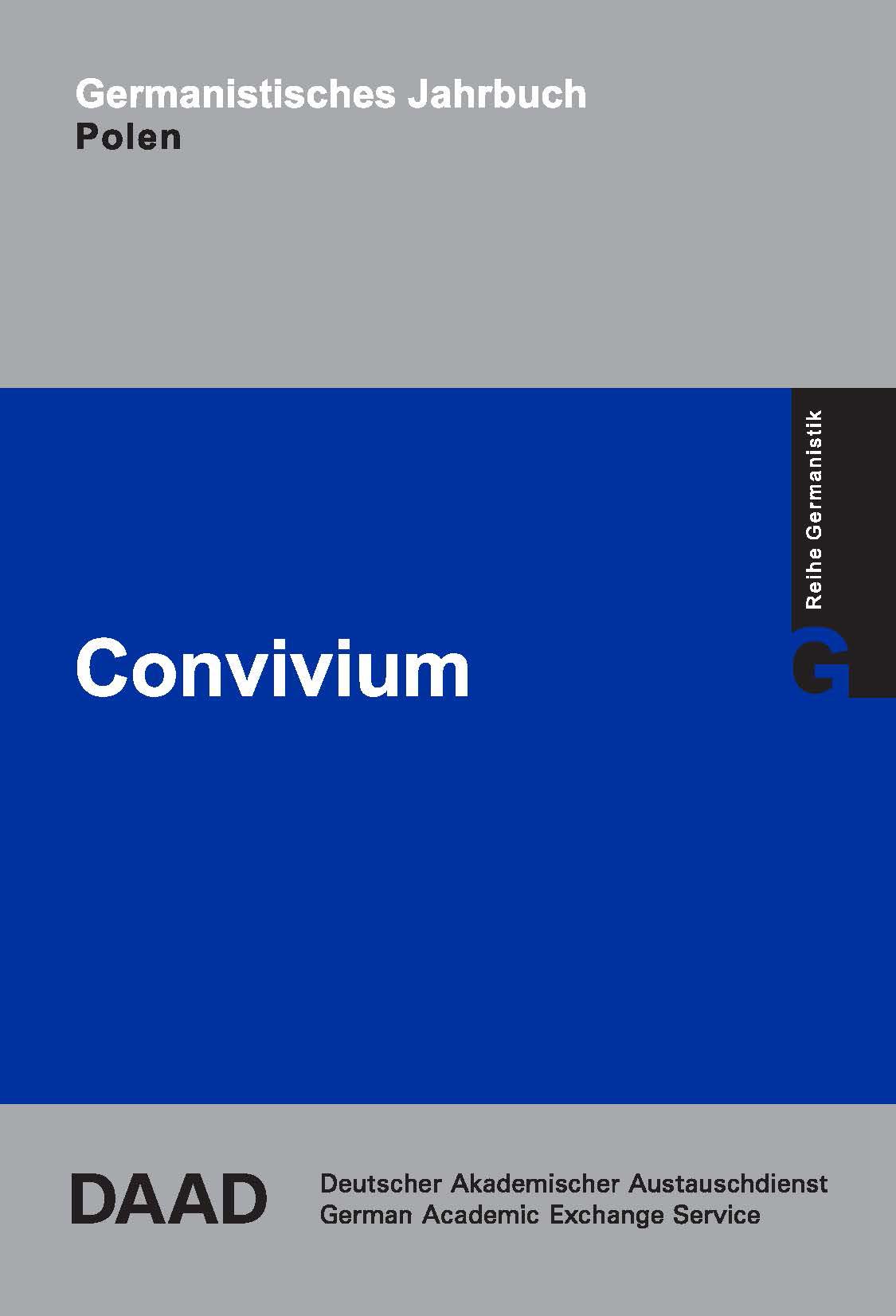
The article deals with Hartmut Lange’s short story Das Konzert under the perspective of the literary approach to the Shoah. The analysis bases on the presumption that the ideas of romantic aesthetics, which form the ground of the short story, lead to questionable results. The critical reading of Lange’s text is mainly inspired by Jean Améry.
More...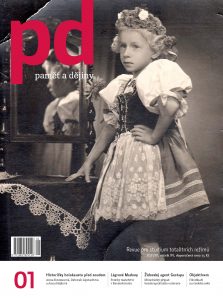
Historians ordinarily appear in the media as experts who analyse the past, evaluate the present and sometimes also interpret the future. We rarely see them in the role of the accused before the court. In a democratic society, historians, in connection with their research work, most often face lawsuits concerning damage to honour, reputation or good name. Their trials then serve to clarify the ethical principles of a historian’s work and also the boundaries of free speech.
More...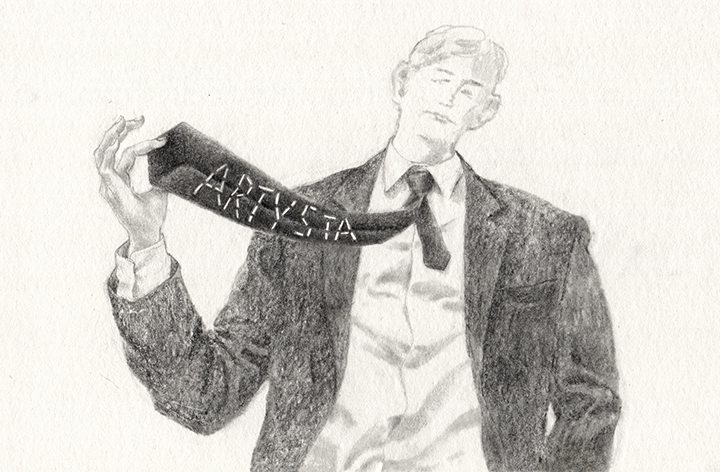
The essay takes the 2014 book Kontaminierte Landschaften [Contaminated Landscapes] by the Austrian journalist and writer Martin Pollack as an opportunity to explore relationships between landscapes, (marked) places, and memory. In considering the relationship between the metaphorical (literary) image of contaminated landscapes and the actual crime scenes, I focus on the mass shootings of Jews by the German Nazis and their local supporters in the former Soviet Union. These specific crime scenes are used to explore the limits of Pollack’s metaphor and the problems it causes. The central arguments are presented using concrete examples provided by seven photographs.
More...
This article reviews the book „O tym nie wolno mówić…” Zagłada Żydów w opowieściach wspomnieniowych ze zbiorów Dionizjusza Czubali [“We Are Not Allowed to Speak About It...” The Extermination of Jews in Memoirs from the Collection of Dionizjusz Czubala], selected and edited by Piotr Grochowski, Wydawnictwo Naukowe UMK, Toruń 2019, 236 pp.
More...